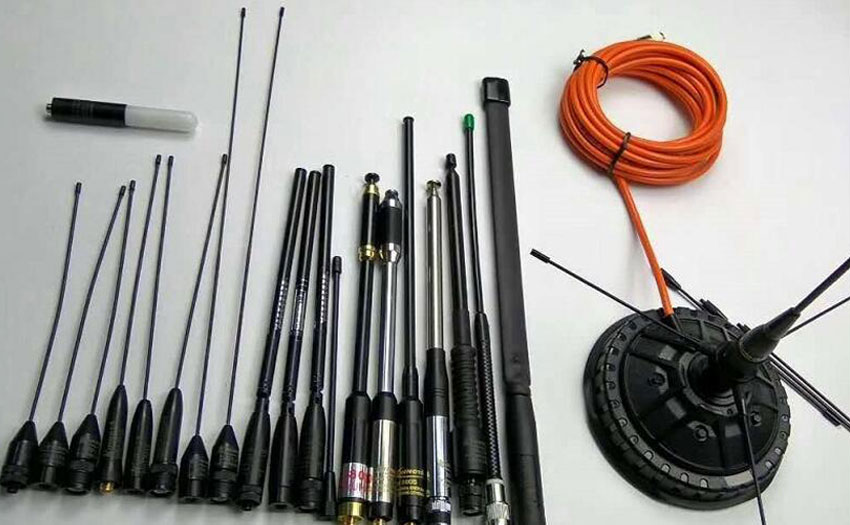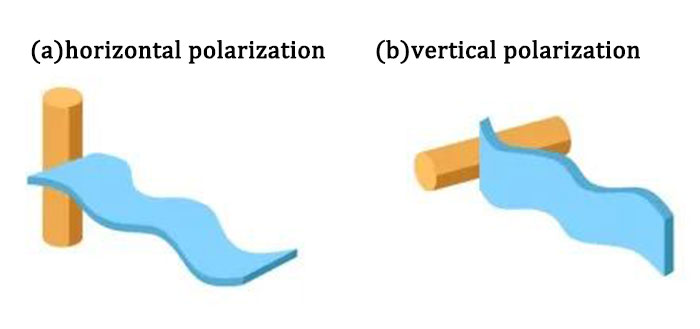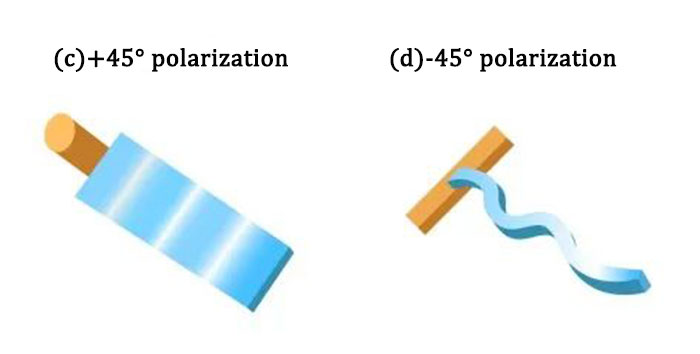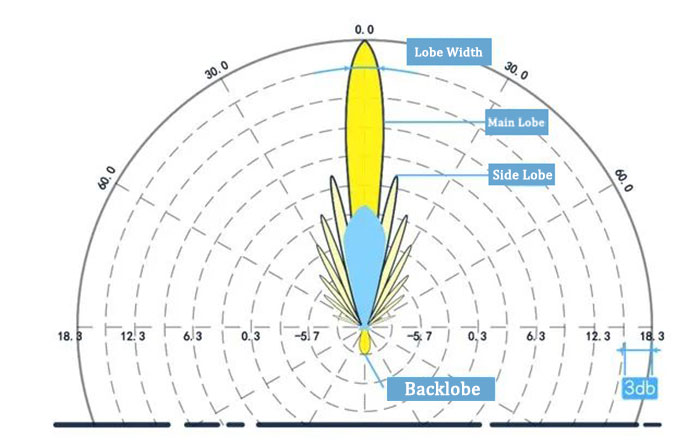+86 15093323284 hams@ailunce.com
How to Choose a Suitable Radio Antenna?

Antenna is a very important component of radios. The antennas primary function is to transmit and receive clear signals between multiple radios. It is safe to say that an efficient radios will require antennas to operate properly. There exists many different types of antennas with many different specifications. To choose the correct one without understanding the nature of antennas would be an overwhelming task. Therefore, it is essential to understand some specifications of an antenna, in order to choose an antenna most perfectly suitable for your radios.
Frequency
The antenna always works in a certain frequency range (bandwidth). Your antenna frequency must meets the radio frequency. Let's take a very simple example, if your radio is VHF band, but the antenna frequency is UHF. There will be a poor transmission and reception, even the radio may be burned when you transmit because the frequency doesn’t match. So, when you buy antenna, the frequency must be match your radio.
Polarization mode
The polarization of the antenna refers to the direction of the electric field strength formed when the antenna radiates. When the electric field strength direction is perpendicular to the ground, the electric wave is called a vertically polarized wave; when the electric field strength direction is parallel to the ground, the electric wave is called a horizontally polarized wave.

A dual-polarized antenna is composed of two antennas whose polarization are orthogonal to each other, encapsulated in the same radome. Due to performance reasons, the two antennas use ±45 degree polarization.

Impedance
For a linear antenna, the ratio of the voltage to the current at the input of the antenna is called the input impedance of the antenna.
For reflector antennas, the voltage standing wave ratio on the feeder is often used to express the impedance characteristics of the antenna.
Choose a suitable feeder and impedance matcher to ensure that the input impedance of the antenna matches the characteristic impedance of the feeder, and maximize the input or output power from the antenna.
Antenna directivity
The directivity of an antenna refers to the ability of an antenna to radiate electromagnetic waves in a certain direction. For receiving antennas, directivity indicates the ability of the antenna to receive radio waves from different directions. The characteristic curve of the directivity of the antenna is usually represented by a pattern.

Lobe width(also known as beam width or main lobe width or half power angle)
The Lobe width refers to the angle between the two points where the radiation intensity is reduced by 3dB (the power density is reduced by half) on both sides of the maximum radiation direction of the main lobe. The narrower the beam width, the better the directivity, the longer the operating distance, the stronger the anti-interference ability.
Front-to-rear ratio
The front-to-rear ratio refers to the ratio of the maximum value of the main lobe to the maximum value of the back lobe. It shows how well the antenna suppresses the backlobe.
Gain
Antenna gain refers to the ratio of the power density of the signal generated by the actual antenna and the ideal radiating element at the same point in space under the condition of equal input power. The gain is closely related to the antenna pattern. The narrower the main lobe of the pattern and the smaller the side lobe, the higher the gain. Antenna gain is used to measure the ability of an antenna to radiate electromagnetic waves in a specific direction. It should be noted that the antenna itself does not increase the energy of the radiated signal, it just concentrates the energy in a certain direction through the combination of antenna elements and changing its feeding mode.
Inclination
The inclination angle of the antenna refers to the inclination angle of the radio wave, not the mechanical inclination angle of the antenna element itself. The inclination angle reflects the strongest radio wave from which the antenna receives the strongest.
Isolation
The isolation of the antenna refers to the uncorrelation of two antennas or a dual-polarized antenna, and the isolation parameters are qualified to ensure the performance of the antenna diversity reception in the same sector.
Standing wave ratio
The antenna standing wave ratio is an index indicating the degree of matching between the antenna feeder and the base station. It is generated because the incident wave energy is not completely radiated after being transmitted to the input end of the antenna, and the reflected wave is generated and superimposed.
In addition, the antenna index also needs to pay attention to the downward tilt of the antenna, as well as the number of ports, connectors, and feeders.
Hope this article has been helpful to you.











